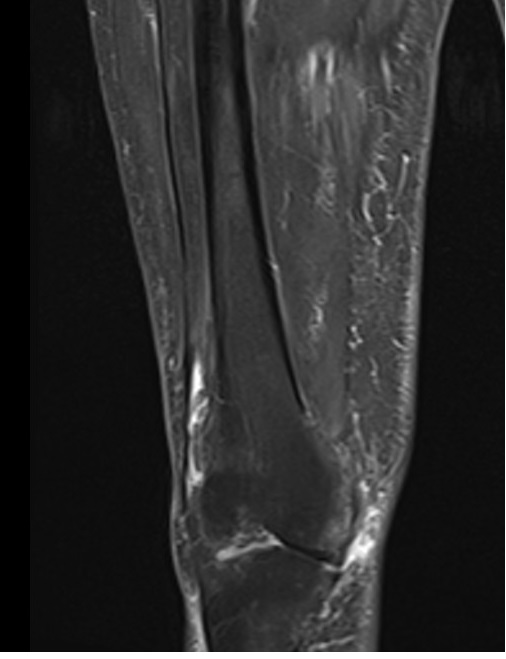Technology
Revolutionizing Hip Fracture Tear Imaging: The Role of STIR MRI

Introduction
Hip fractures are a common occurrence, especially in the elderly population. These fractures can significantly affect a person’s quality of life and require prompt diagnosis and treatment. One complication that often arises alongside hip fractures is the presence of hip labral tears. Accurate imaging plays a crucial role in diagnosing these tears and guiding appropriate treatment. In recent years, Short-Tau Inversion Recovery Magnetic Resonance Imaging (STIR MRI) has emerged as a powerful tool for hip fracture tear imaging, revolutionizing the way healthcare professionals approach diagnosis and treatment.
Understanding Hip Labral Tears
Before delving into the role of STIR MRI in hip fracture tear imaging, it’s essential to understand what hip labral tears are and why they are significant. The hip labrum is a ring of cartilage that lines the hip socket (acetabulum) and provides stability to the joint. Labral tears can occur due to trauma, repetitive motion, or degenerative conditions and can lead to hip pain, limited range of motion, and hip joint dysfunction.
Diagnosing Hip Labral Tears
Diagnosing hip labral tears accurately is essential for developing an effective treatment plan. While physical examination and patient history can provide valuable information, advanced imaging techniques are often required for a precise diagnosis. Magnetic Resonance Imaging (MRI) has become the gold standard for assessing hip labral tears, with STIR MRI gaining prominence for its unique capabilities.
STIR MRI: A Game-Changer in Hip Fracture Tear Imaging
Improved Soft Tissue Contrast: STIR MRI is a specialized MRI sequence that suppresses the signal from fat tissues, resulting in improved contrast of soft tissues. This is particularly advantageous in diagnosing hip labral tears, as it enhances the visibility of the labrum and adjacent structures, such as ligaments and tendons.
Sensitivity to Edema: Hip labral tears are often accompanied by inflammation and edema in the surrounding tissues. STIR MRI is exceptionally sensitive to edema, making it easier to detect subtle abnormalities and early-stage tears that might be missed by other imaging modalities.
Multi-Planar Imaging: STIR MRI allows for imaging in multiple planes, including axial, coronal, and sagittal views. This versatility enables radiologists and orthopedic surgeons to assess the extent and location of labral tears from various angles, leading to more accurate diagnoses and treatment planning.
Non-Invasive: STIR MRI is non-invasive, eliminating the need for contrast agents or invasive procedures like arthroscopy for initial diagnosis. This reduces patient discomfort and lowers the risk of complications.
Better Surgical Planning: When surgery is necessary for treating hip labral tears, STIR MRI provides surgeons with comprehensive preoperative information, allowing them to plan and execute procedures with precision.
Clinical Implications
The adoption of STIR MRI in hip fracture tear imaging has significant clinical implications. Healthcare providers can diagnose labral tears earlier, leading to quicker treatment and potentially better outcomes for patients. Additionally, the ability to assess soft tissues and identify concomitant injuries or conditions can guide more comprehensive treatment plans.
Conclusion
STIR MRI has revolutionized hip fracture tear imaging by offering enhanced soft tissue contrast, sensitivity to edema, multi-planar imaging capabilities, and a non-invasive approach. It has become an invaluable tool for diagnosing hip labral tears accurately and facilitating timely and effective treatment. As technology continues to advance, STIR MRI and similar imaging modalities are likely to play an increasingly vital role in orthopedic medicine, ultimately improving the lives of those affected by hip fractures and associated labral tears.





















